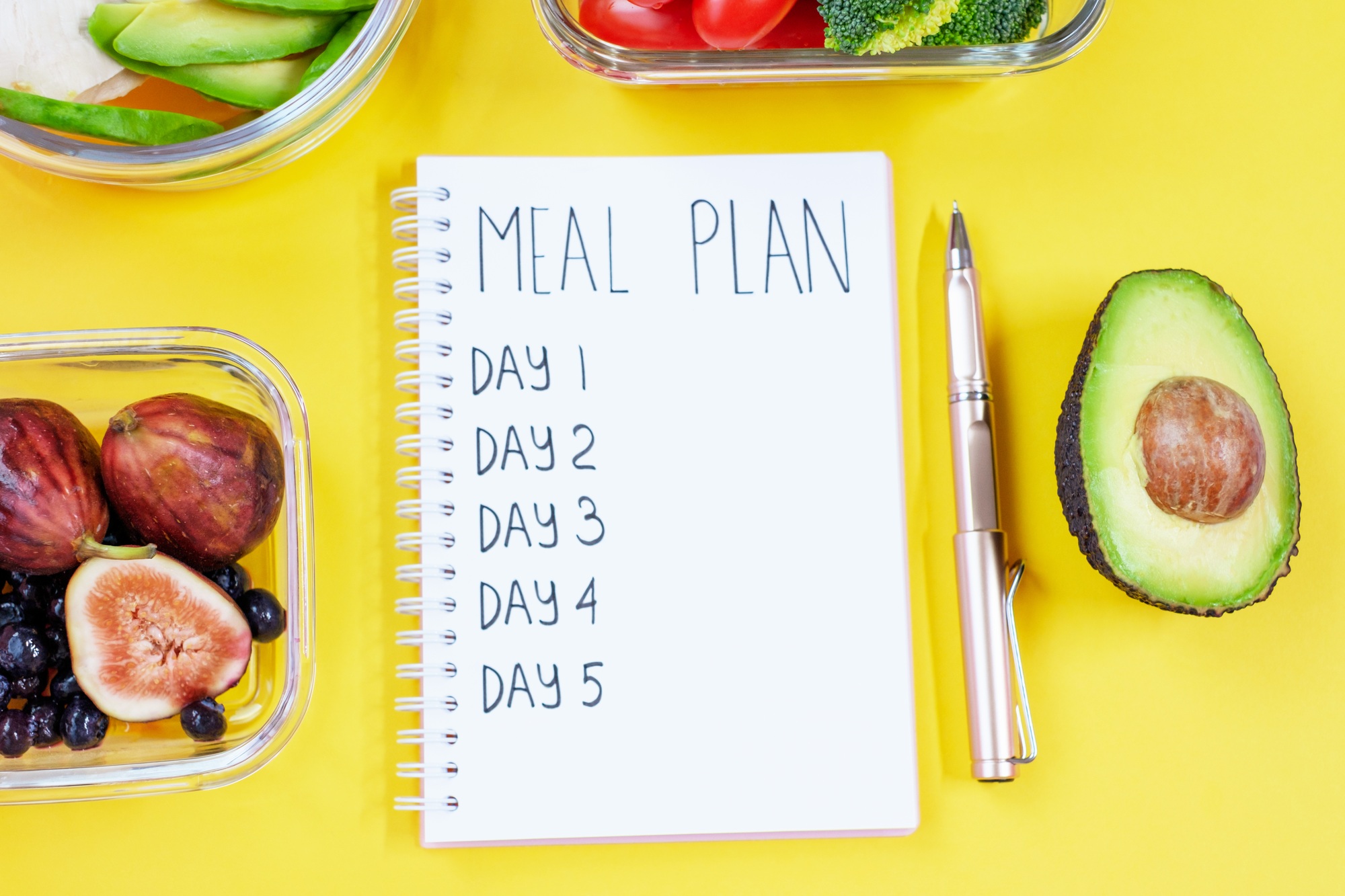In today’s fast-paced world, planning meals can often feel overwhelming, especially when trying to maintain a balanced diet on a budget. However, setting up a budget-friendly meal plan does not have to be a daunting task. With the right strategies and insights, individuals and families can save money while enjoying nutritious meals.
Understanding the Importance of Meal Planning
Meal planning is not just a trendy practice; it is a practical approach to managing household expenses and promoting healthier eating habits. According to the U.S. Department of Agriculture (USDA), a typical American household spends around $4,000 annually on food, with a significant portion going to waste. By organizing meals in advance, families can cut down on impulsive purchases, reduce waste, and ensure they are consuming a balanced diet.
Market Impact of Meal Planning
Recent surveys indicate that meal planning is gaining traction among consumers, especially in the wake of rising food prices. As inflation creeps into grocery costs—up approximately 10% year-over-year in some categories—households are turning to meal planning to offset these expenses. According to market analysts, the meal kit industry, which has gained popularity for its convenience, is also witnessing a decline as more consumers become mindful of their budgets and choose to prepare meals from scratch.
Steps to Create an Effective Meal Plan
Creating a budget-friendly meal plan involves several strategic steps:
1. **Assess Your Current Situation**: Start by reviewing your pantry and fridge to identify available ingredients. This can help in designing meals around what you already have, minimizing waste, and saving money.
2. **Set a Weekly Budget**: Determine a realistic budget for grocery spending based on previous expenses and current financial goals. According to financial experts, a weekly budget for groceries should ideally fall between $75 to $150 per person, depending on dietary needs and location.
3. **Plan Your Meals**: Allocate time to plan meals for the week ahead. Focus on incorporating a mix of proteins, whole grains, fruits, and vegetables. Choose recipes that share common ingredients to maximize versatility while minimizing costs.
4. **Create a Grocery List**: Once your meals are planned, compile a grocery list to ensure you stick to purchasing only what you need. Research show that individuals who shop with a list can save up to 20% on their grocery bills.
5. **Prep and Cook Ahead**: Dedicate time to meal prep, which can save time and money throughout the week. Consider batch cooking staple items, such as rice or beans, and store them in portions for easy access during the week.
Expert Opinion
Experts in nutrition and finance agree that planning meals not only aids in financial savings but also enhances dietary health. Dr. Linda Van Horn, a nutrition professor at Northwestern University, emphasizes, “Meal planning is a powerful tool that allows individuals to take control of their diets and expenses. By prioritizing homemade meals, families not only eat healthier but also cultivate better habits over time.”
John Baker, a financial advisor specializing in personal budgeting, adds, “Effective budgeting requires a comprehensive approach, and meal planning is an essential component. It provides families with the opportunity to align their grocery spending with their overall financial goals.”
Room for Flexibility
While meal planning is advantageous, flexibility is key. Unplanned events can disrupt even the most detailed plans. Keep some quick meal options on hand, such as frozen vegetables, canned beans, or eggs, to accommodate unexpected changes without straying from the budget.
What’s Next?
As we move forward in an ever-changing economic landscape, adopting a budget-friendly meal plan is more relevant than ever. With consistent practice, individuals can foster healthy eating habits and gain financial stability. Consumers are encouraged to leverage the myriad of online resources available—from meal planning apps to community forums for sharing frugal recipes—as they embark on their journey to smarter meal preparation.
By integrating these strategies, households can successfully navigate the challenges of budgeting and meal planning, ensuring a fulfilling and nutritious dining experience every week.







